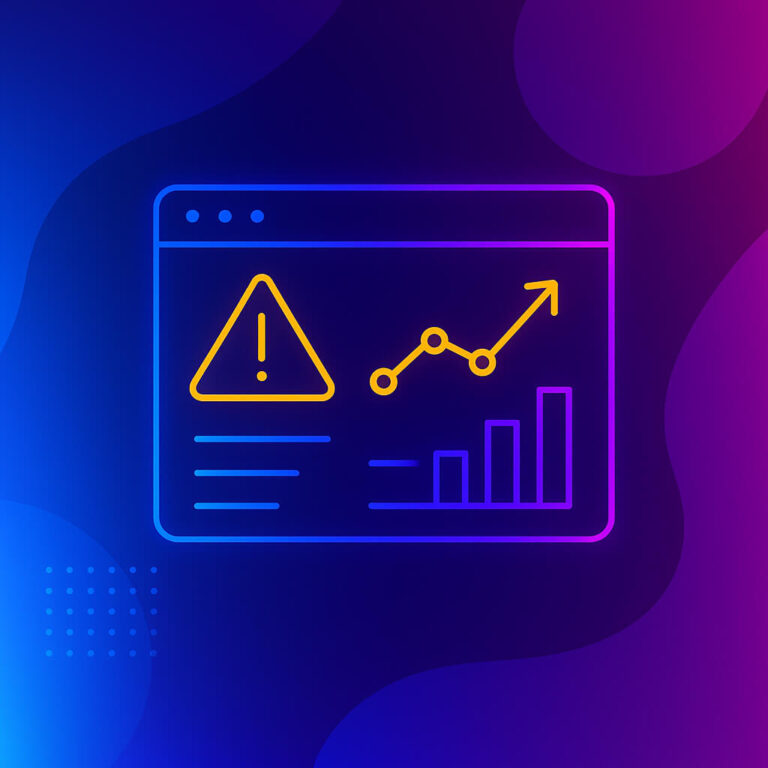A landing page is a crucial component of any digital marketing strategy. It’s where visitors “land” after clicking on an ad, email link, or search result, and it has one goal—to convert those visitors into leads or customers. However, the most successful landing pages do more than just convert; they’re also optimized for search engines, driving traffic and boosting rankings.
In this post, we’ll explore how to optimize your landing pages for both conversions and SEO, ensuring that they attract traffic, engage users, and achieve high conversion rates.
What Makes a Great Landing Page?
A great landing page is one that captures a visitor’s attention, provides relevant information, and guides them toward taking action, whether that’s making a purchase, signing up for a newsletter, or downloading an ebook. But to get users to the page in the first place, it must also rank well in search engines.
Successful landing pages combine these elements:
- Clear, compelling headlines
- Focused, relevant content
- Strong calls to action (CTAs)
- Mobile-friendly design
- SEO-optimized structure
The Power of Landing Pages in SEO and Conversions
Landing pages are the backbone of successful marketing campaigns. According to a report by HubSpot, businesses with 30 or more landing pages generate 7 times more leads than those with fewer than 10. Optimizing your landing pages for both SEO and conversions means you’ll get more traffic and ensure that the traffic converts.
Real-World Example: HubSpot’s Optimized Landing Pages
HubSpot is a prime example of a company that excels at landing page optimization. Their pages are designed with clear headlines, concise content, and strong CTAs, all while incorporating relevant keywords. This helps HubSpot rank higher in search results, drive more traffic, and ultimately convert visitors into leads.
SEO Strategies for Landing Pages
To optimize landing pages for SEO, focus on the following elements:
1. Targeted Keywords
Just like any other page, landing pages need to be optimized with relevant keywords. Conduct keyword research to identify terms that potential customers are searching for and integrate those keywords naturally into your headline, subheadings, and body content.
2. SEO-Friendly URL Structure
Your landing page’s URL should include your target keyword and be short and descriptive. This helps search engines understand the content of the page and improves rankings.
Example: Instead of: /landing-page1234 Use: /email-marketing-guide
3. Optimize Title Tags and Meta Descriptions
Your title tag should be attention-grabbing and include your primary keyword. The meta description should be a concise summary of the page that also contains the keyword, encouraging users to click on the link.
4. Fast Load Times
Page speed is a ranking factor for Google. Slow-loading pages lead to higher bounce rates and lower rankings. Ensure your landing pages load quickly by optimizing images, using a fast hosting service, and reducing unnecessary scripts or plugins.
5. Mobile Optimization
With over half of web traffic coming from mobile devices, it’s essential that your landing pages are mobile-friendly. Google uses mobile-first indexing, so ensuring your landing page performs well on mobile is critical for both SEO and conversions.
Conversion Rate Optimization (CRO) for Landing Pages
Once users land on your page, the next step is converting them. Here’s how to ensure your landing pages are optimized for conversions:
1. Use Strong, Clear CTAs
A landing page without a strong CTA is like a door with no handle. Make sure your call to action is clear, visible, and directly aligned with the page’s goal.
Example: Instead of using vague phrases like “Learn More,” use direct CTAs like “Download the Free Guide” or “Get Started Today.”
2. Keep Content Focused
Landing pages should be concise and focused on a single goal. Don’t overload the visitor with information—provide just enough to compel them to take action. Use bullet points, short paragraphs, and clear headings to make your message easy to digest.
3. Use Trust Signals
Trust signals like testimonials, reviews, and security badges can reassure visitors and boost conversions. Displaying these elements on your landing page can improve credibility and increase user trust.
Common Mistakes to Avoid
1. Overloading with Information
Landing pages are meant to be concise. Giving too much information can overwhelm users and drive them away. Keep your content brief and focused on one clear goal.
2. Ignoring Mobile Users
Failing to optimize your landing page for mobile devices can lead to missed conversions. Make sure your landing pages load quickly and display properly on all devices.
3. Neglecting to Test
You should regularly test different elements of your landing page, such as CTAs, headlines, and form lengths. A/B testing allows you to identify which elements work best for your audience and optimize accordingly.
Conclusion
Optimizing landing pages for both SEO and conversions is key to maximizing their effectiveness. By focusing on targeted keywords, mobile optimization, and fast load times for SEO, and clear CTAs, concise content, and trust signals for conversions, you can create landing pages that not only attract traffic but also convert visitors.
Need help building high-converting, SEO-optimized landing pages? Contact Digital Roots Media today!



